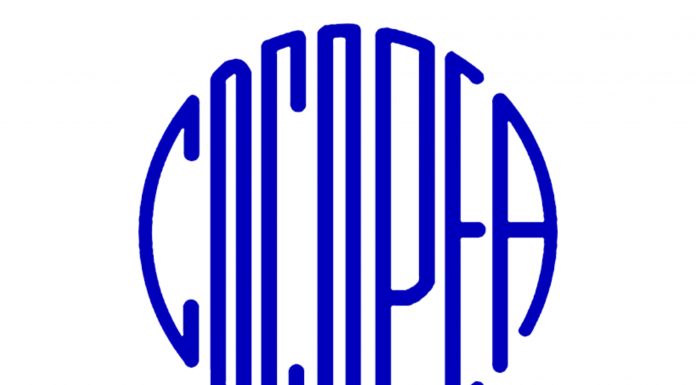The Traditional Latin Mass (TLM) has returned to UST, more than 40 years after massive changes in the liturgy brought about by the Second Vatican Council.
Upon the request of students and faculty, the “Mass of the Ages” was offered last Aug. 24 at the St. Dominic Chapel by an alumnus of the Central Seminary, Fr. Michell Joe Zerrudo, parish priest of the Holy Family Parish under the Diocese of Cubao.
The TLM is slowly gaining popularity worldwide following the issuance of Summorum Pontificum, an apostolic letter by Pope Benedict XVI liberalizing the use of the so-called Tridentine Mass, in 2007. The motu proprio said the TLM was never abrogated, and declared it the “extraordinary form” of the Roman Rite. The New Order of the Mass of Pope Paul VI, released in 1970, remains the “ordinary form.”
The chapel at the Tan Yan Kee Student Center had an overflow crowd, with participants filling up the corridors.
Altar servers and the choir—mostly UST students—were trained by the Societas Ecclesia Dei Sancti Joseph (SEDSI), a group promoting the TLM.
The differences between the TLM and the new Mass were pronounced—the priest and the congregation faced the altar; women wore veils; communicants knelt to receive the Eucharist by tongue. Only the priest read the scriptures, and the Gregorian Chant was used. Of course, the Mass was in Latin, the universal language of the Church.
Zerrudo noted the large number of young people who attended the traditional Mass.
“I can see the desire of young people for novelty. It’s good that you seek what is authentically sacred. Many young people who attended the Latin Mass in other churches actually come back, maybe for the reason that there is something very beautiful [in the Latin Mass] that is beyond what words can explain,” he told the congregation.
A Dominican priest, Fr. Winston Cabading, was “in choir” (there’s no concelebration in the TLM), and later helped administer Holy Communion.
Cabading told the Varsitarian that people should attend the Traditional Latin Mass for the sacrament itself and not just for the experience.
“This is intended not for nostalgic purposes, the sense of novelty, because it is different. Many attended because they are curious on how it looks; how it is celebrated; how does it feel. We don’t want that,” Cabading said. “The Church wants the faithful who would attend to experience the richness of the Roman Rite, so they get both the experience of the usual Mass and the extraordinary form.”
Cabading said the University plans to have regular traditional Masses, but the availability of a stable number of faithful who will attend the Mass, and the priest who can offer it, must be considered.
It should also be noted that the Order of Preachers has its own “Dominican Rite,” which was also liberalized under Summorum Pontificum.
“Unlike the new Mass, the extraordinary form has the very precise way of how one has his gestures. It is more precise in instructions which the priest must follow,” Cabading said. “It’s not simply reading or praying, but following exactly what it tells you, so it requires a certain kind of familiarity. [The priest should] be comfortable in celebrating it, otherwise, he is bound to make mistakes.” Gracelyn A. Simon















